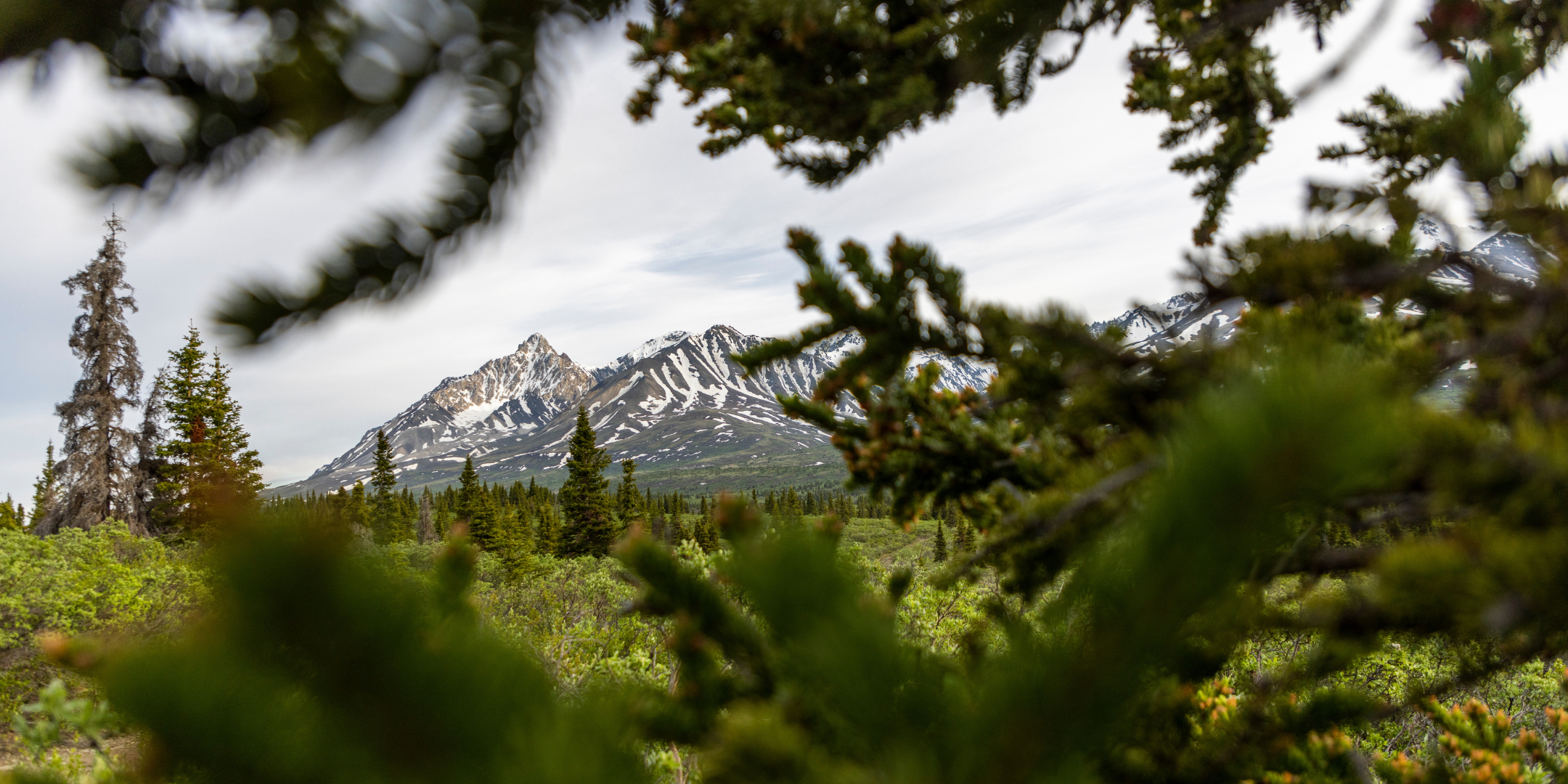Op-Ed: In the Yukon, nature is thriving. We can keep it that way

Written by Chris Rider | Aug 28, 2022
Photo by Malkolm Boothroyd, front ranges in Kluane.
Read the full editorial as published in the Yukon News on August 28th, 2022.
—
Op-Ed: In the Yukon, nature is thriving. We can keep it that way
Nature surrounds us in the Yukon. It is what makes living here so special. There are endless possibilities for outdoor adventures, and when you’re out on the land, it’s common to go days without seeing another human.
Yukoners – both First Nations and non-First Nations – are able to fill their freezers with caribou, bison, moose and sheep. Although we maintain sensible restrictions on harvest numbers in many areas, it’s still straightforward for anyone living here to get a tag. This is an opportunity that has largely been lost to people living in the provinces, where they often have to wait years for a chance to hunt anything other than deer.
The fact that the Yukon still has healthy ecosystems is something we can all celebrate. It means we aren’t facing the same crisis as much of Canada and the world. Large-scale protection in the Peel Watershed and northern Yukon helps ensure that in parts of the Territory this will remain the case.
My fear is that despite these meaningful wins for nature, we still risk sleepwalking our way into the same crisis that’s facing the rest of the country. By setting meaningful conservation goals, Yukon can protect the cultural (traditional hunting areas, sacred places, etc.) and ecological values we hold so dear.
What could a large decline in the health of wildlife populations mean for the Yukon? First, it would result in a loss of culture. This is particularly the case for the First Nations people who have subsisted off the land for millenia, but it would impact the lives of every person who hunts, traps, fishes or gathers. It would also impact our tourism industry and economy in significant ways.
We can get a glimpse of the future by looking Outside. Globally, plants, animals and insects are disappearing at a rate faster than at any time since the extinction of the dinosaurs. It is a crisis caused by humans – we have destroyed huge swathes of habitat, over-fished and hunted, polluted the air and water with chemicals and plastics, and are causing the climate to warm.
Canada is not immune to this biodiversity crisis. According to researchers, 20% of all wildlife species in Canada are imperiled to some degree, and a recent study by WWF found that of nearly 1000 species of animal that could be tracked, over half had declined since the 1970s. This is why in the provinces, people are talking about the urgent need to take action to halt and reverse biodiversity loss.
It’s tempting to think that we don’t have to worry here, especially because everywhere we look, there are miles of undeveloped land. Unfortunately, what sometimes seems like a small amount of development can add up and have a big impact. Roads can increase hunting access and create a spiderweb of new developments. Mines can also have an oversized impact when they’re located in key wildlife habitat, or contaminate water. This risk is particularly high in the Yukon, where our harsher climate means wildlife needs comparatively large intact areas to get the nutrition they need to survive. This is why we tend to see fewer animals when we’re out and about than you might in warmer climates.
The good news is that it’s not too late for the Yukon. First Nations are working hard to protect their lands and waters – we simply need to follow their leadership. Tools like the Chapter 11 land use planning process and Indigenous Protected & Conserved Areas (IPCAs) can provide a path to expanded conservation across the Territory. We can use these tools to protect large, connected areas that will preserve the ecological and cultural values that make this such a special place to live.
In 2021, CPAWS Yukon and the Yukon Conservation Society commissioned DataPath to run independent polling to learn more about Yukoners’ perspectives about the environment. They found that 78% of Yukoners believe that we should aim to protect at least 30% of our land and water by 2030. There are few issues that more of us agree on.
Canada’s environment ministers will meet in Whitehorse on the last two days of August to discuss the state of the environment and many other issues. Yukon has the opportunity to show that we are leaders by formally committing to strong conservation targets for the Territory. I encourage our Government to do this before it’s too late.
